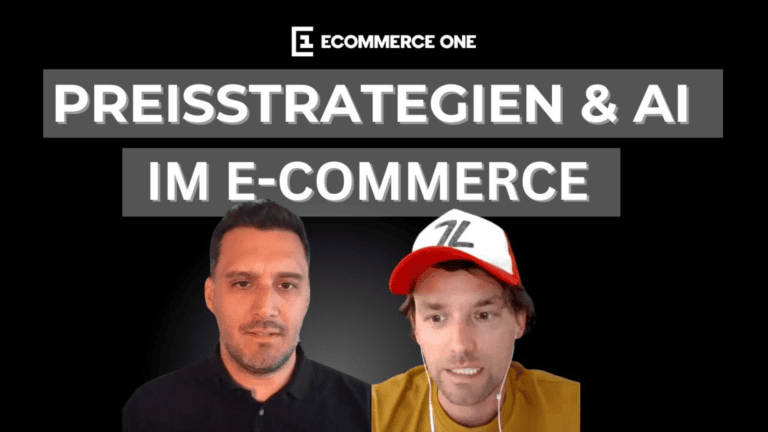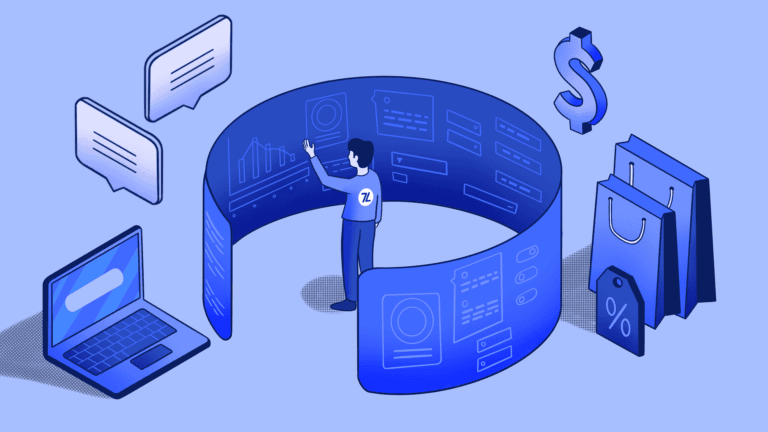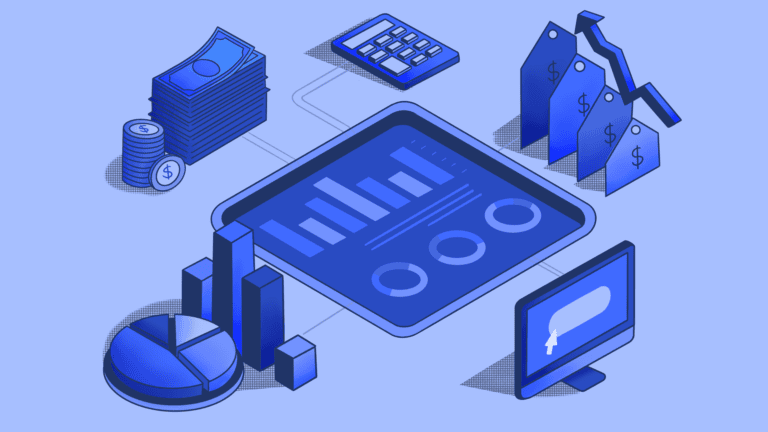The economic landscape for 2024 is set to feature rapid changes, and this trend will be particularly felt in pricing. Age-old strategies no longer yield satisfying results, and businesses need to adapt now or face losing out. Advanced technologies like artificial intelligence and big data analytics have developed rapidly and opened the door for hyper-focused hyper-effective pricing strategies that revolutionize how businesses navigate dynamic markets. Let’s have a closer look at the pricing trends in 2024.
The current role of AI and predictive pricing
Artificial intelligence is one of the dominant drivers of change in companies in 2024. In a recent PwC study, 85% of CEOs confirmed that AI will significantly change the way they do business in the next five years, which includes pricing. Companies big and small are heavily investing in AI-based pricing tools to optimize their pricing strategies.
What is AI-based pricing?
AI pricing algorithms analyze big sets of various internal and external data like historical customer behavior, competitor prices, inventory levels, and market conditions to identify the best prices to reach a specific business goal. The tools give recommendations or adjust prices according to goals in rapid time, helping businesses to maximize their profits.
With rising costs of living, customers are more price-sensitive. That’s why companies need to be more flexible in their pricing in 2024, make better use of fluctuations in demand, and find new strategies like bundling in-demand items. AI-based pricing solutions help companies make those pricing decisions quickly and based on current market data.
The next evolution in AI-based pricing is predictive pricing. It’s still a niche phenomenon but is becoming a key differentiator in which retailers stay ahead in fierce competition. Predictive pricing tools combine machine learning algorithms that analyze historic and current data with forecasting algorithms. In doing so, they give companies accurate predictions about how price elasticity for a product will change in the future. Predictive pricing is going beyond extrapolating historical data. It is much more accurate than statistical calculations and one of the main trends in pricing in 2024.
Impact on pricing decision-making
68 percent of companies plan to increase their prices in 2024 in line with inflation or above, according to a pricing study by Simon-Kucher. AI-based pricing tools are a game changer to manage fluctuations in pricing successfully without losing sales.
With AI, retailer pricing in 2024 can go beyond competitor behavior by leveraging internal and market data to determine the best prices. Predictive pricing tools can even simulate how customer behavior will change depending on price changes and show the best timing to adjust pricing. Thus, companies can finally steer their pricing according to their business goals instead of just reacting to market dynamics.
By analyzing external and internal data, AI solutions also deliver a solid overview of the demand of products and can support retailers in their product and market positioning. AI pricing tools identify bestselling items, seasonal bestsellers, or hidden shopkeepers quickly, even in extensive assortments, so retailers can adjust their strategy accordingly.
Discounts and promotions are a popular tool to boost sales in difficult market conditions. However, if price optimization is carried out without marketing in mind, margin gains can be sabotaged by advertising spend. Pricing in 2024 needs to have a holistic view to not tap into the trap of undermining marketing efforts. Here, AI tools like 7Learnings have features built in that help synchronize marketing and pricing to accelerate growth.
Adaptation across industries
Companies in all industries are exploring AI-based pricing. Retailers in high-competitive environments might see the most significant results.
- Amazon sellers, for example, are under extreme pressure to offer competitive prices. AI pricing tools that are specifically trained on Amazon’s algorithm monitor dynamics on the platform with pinpoint accuracy, so retailers can make informed price adjustments.
- International brands selling in lots of different countries via many different channels benefit from the analytical power of AI. Smart algorithms can determine decisive factors for demand, adjust prices for maximum profits in each channel individually, and help scale companies grow faster.
Artificial intelligence will make a big difference for B2B companies: AI analyses of online competition will deliver advanced insights and allow them to adjust their list prices, negotiate more confidently and surpass their competition.
Case studies and success stories
How much of a difference can AI-based pricing make compared to manual or rule-based pricing? At 7Learnings we see remarkable results after just a few weeks of AI-assisted price optimization. On average, retailers up their profits by 10%. However, results may vary.
Intersport Krumholz
A sports fashion retailer fine-tuned their pricing strategy with our pricing solution and achieved an 118% increase in profits.
Apo.com
An online pharmacy lowered its price management costs significantly and at the same time increased its profit in the double-digits.
Outlook: Pricing in 2024 and beyond
In the future, pricing success will increasingly be a question of technology. Retailers who don’t embrace the latest tools will be at a significant disadvantage.
Where will retail pricing go beyond 2024? We are sure that the speed of new developments in artificial intelligence will lead to pricing tools with even more powerful data analysis capabilities and more sophisticated predictive models. IoT technologies, such as electronic shelf labels, will bring these advanced pricing strategies to more local stores in the coming years. Then there are supporting technologies such as quantum computing and 5G, which will increase the speed of data transfers and reduce the cost of the most complex data calculations.
All these advances will broaden the use of pricing tools and make AI-based pricing a standard practice. Companies that choose powerful tools and master them best will be the winners in this evolutionary period.



